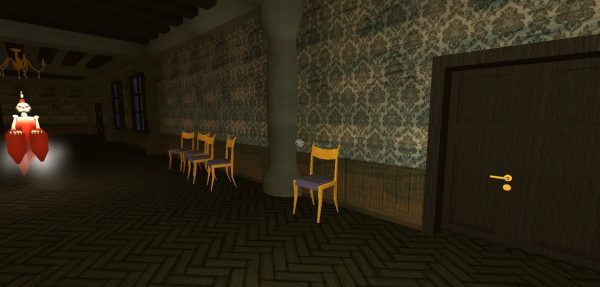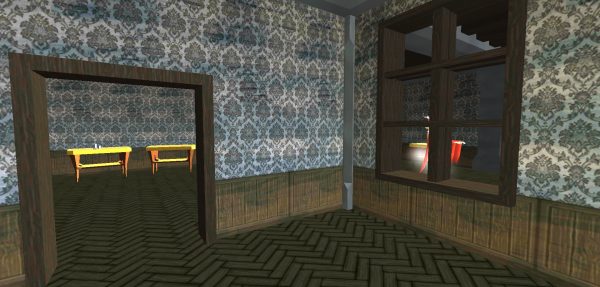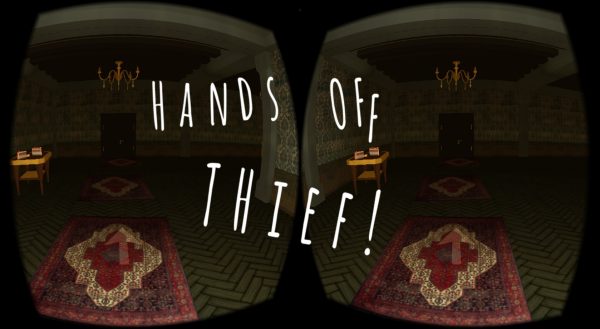As was promised in the last blog post, here’s a short article about the project we worked on in 2018 (mostly): a turn-based survival game as part of an app about the Nebra sky disk. The sky disk is a bronze circle with 30cm diameter and probably the oldest depiction of the known cosmos. It was found by treasure hunters in 1999, here in Saxony-Anhalt, and is now one of Germany’s most notable archeological discoveries.
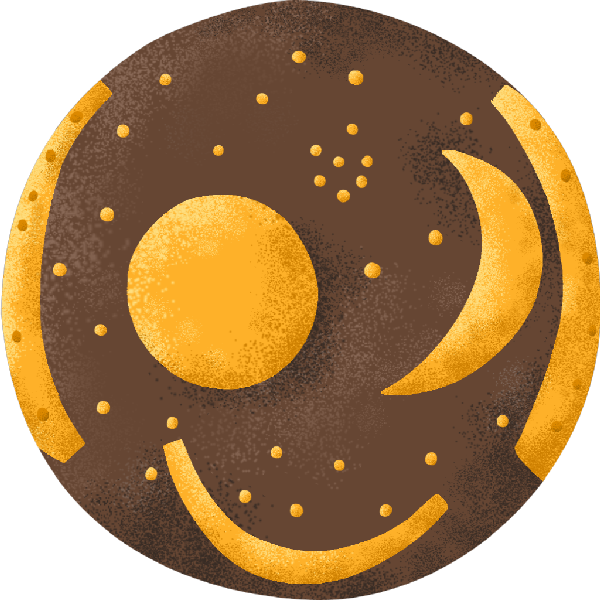
The project was an idea by MotionWorks, a local animation studio known for the Marco Polo series and games, and of course for a lot of other projects. MotionWorks’ plan was to create a mobile app that would teach children and teenagers about the sky disk in a playful manner: with short films, 360° pictures, puzzles, background information - and a game. So they approached us for a commission and we said yes, because educational games are satisfying to make, and because the regional and historical relevance of the topic appealed to us a lot - after all, the sky disk was found close to where we live and work.
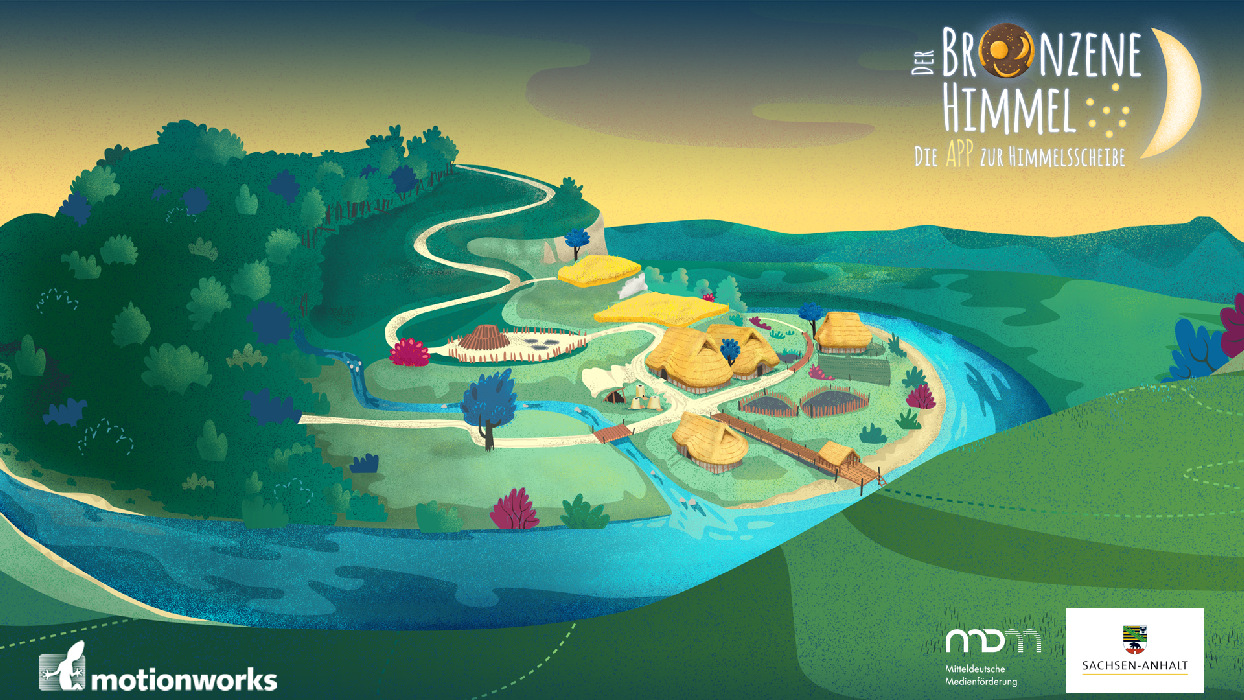
As we only created the game and not the remaining parts of the app, we worked in parallel with other local businesses all under MotionWork’s lead. For example, codemacher was responsible for programming the app and making sure that people can use it on-site in Nebra via GPS. I.e., whenever you reach a certain hotspot in Nebra, a new animation would play. The Sisters of Design created the website and even a booklet with a comic, crafting instructions and an Android code for the app. It looks gorgeous and has a goat (the unofficial mascot of the whole endeavor) key ring pendant as a gimmick. MotionWorks themselves animated the clips and invented the story and characters: main characters are the two children Mimo and Leva who serve as guides through the whole app.
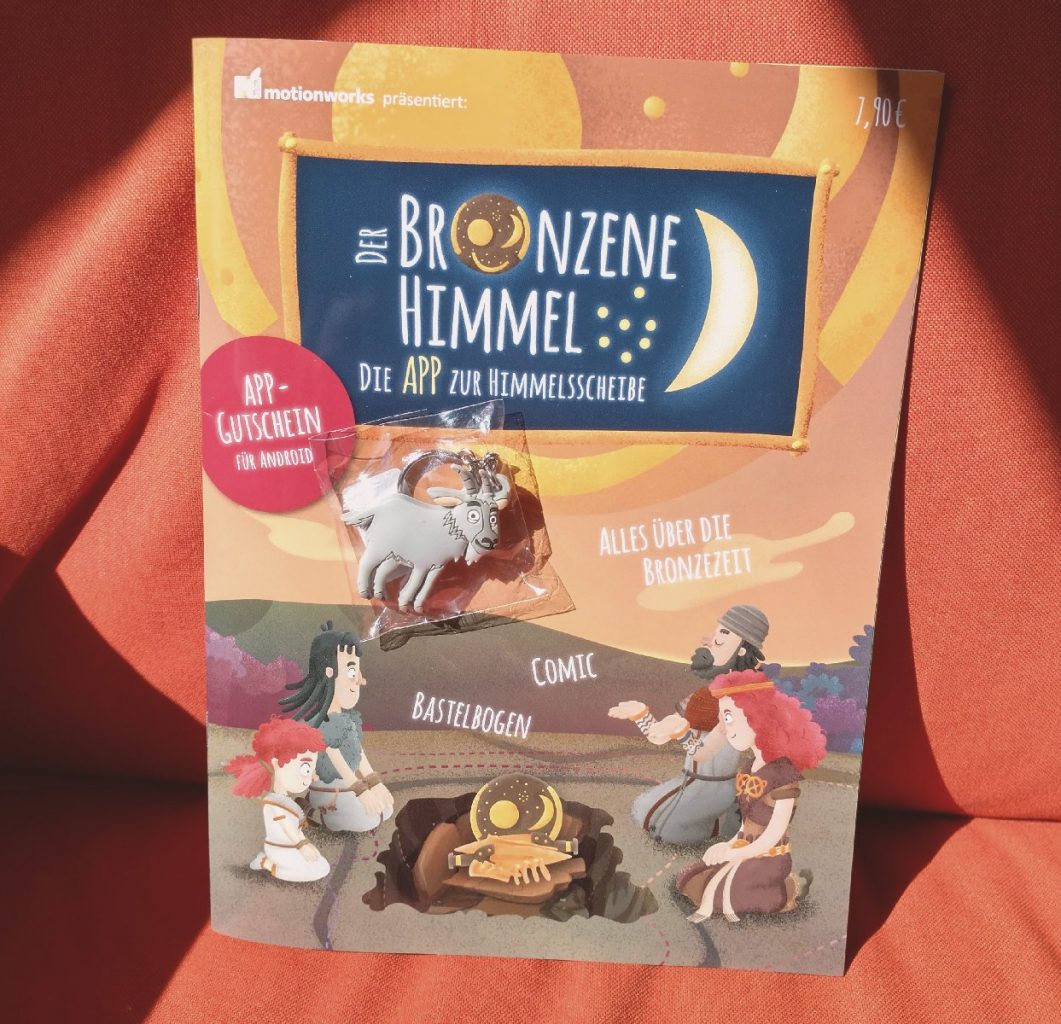
We created a game concept about village life and traditions a few thousand years ago, when the sky disk existed for quite some time already and was now worshipped and sacrificed. Thus our game does not really cover the disk (other than using a picture of it here and there), but the Unetice culture, which came around 1,000 years afterwards. This way, our game could reuse graphic assets from the rest of the app, as the animations followed a Unetice family trying to prevent their people’s demise.
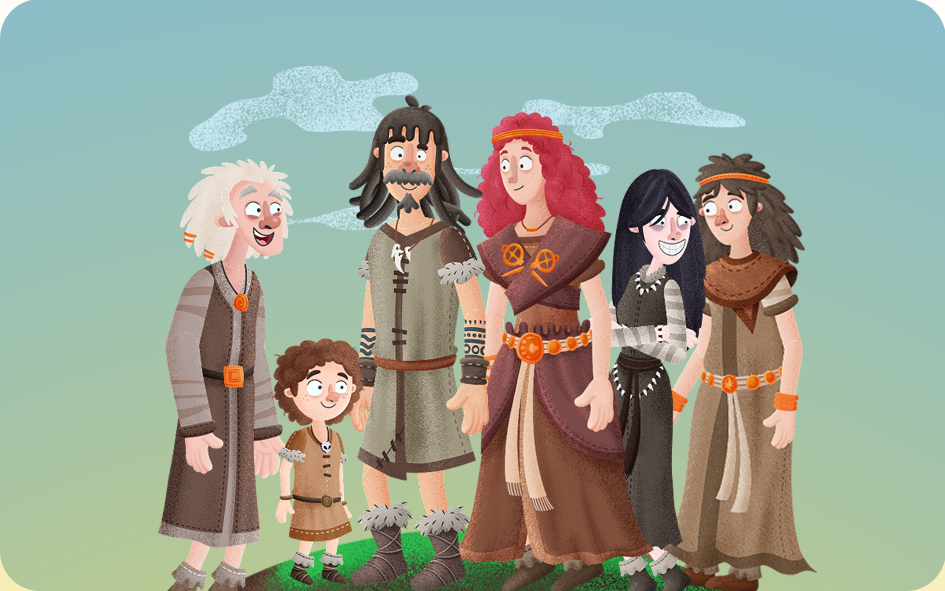
Primary goal was writing a concept that would not be yet another color matching game, with bronze stars and moons in place of the jelly beans maybe. Instead we eventually envisioned a survival game on a small grid-based world, strongly inspired by board games, and this level would change constantly both through actions by the player (e.g. uncovering the board tiles, cutting trees, hunting animals) and by random events (e.g. forest fires, flooded lands). The player would walk around to gather resources like wood, meat and fur, and trade these against tools and - most importantly - bronze jewellery. Starting as a pauper, with this bronze players achieve higher and higher ranks: becoming the chieftain is the ultimate goal of the game. Such a high-score system was fitting, as hierarchical structures were established during the bronze age.
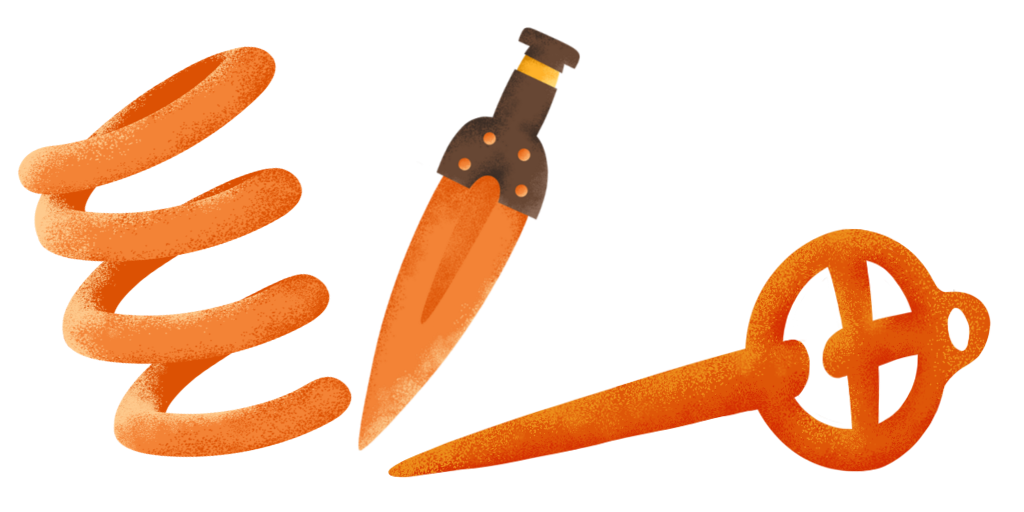
The hardest part of the game was to make the workload manageable. For example, we planned to have several mini games which would simulate the gathering of each resource. Only after creating a few prototypes for them it became clear that the amount of mini games had to be cut down to one. Instead of hunting animals with arrows in a “Angry Birds”-like fashion and similar gameplays, we settled for an abstract Minesweeper-inspired game that we could reskin for each activity (fishing, rabbit hunting, tree cutting, etc). Although this sounds like we betrayed our original goal, make no mistake: the mini games are only one part of the sky disk game. The player has to explore the world, plan their path, interact with various traders, sacrifice items to the gods, and so on - all before running out of time.
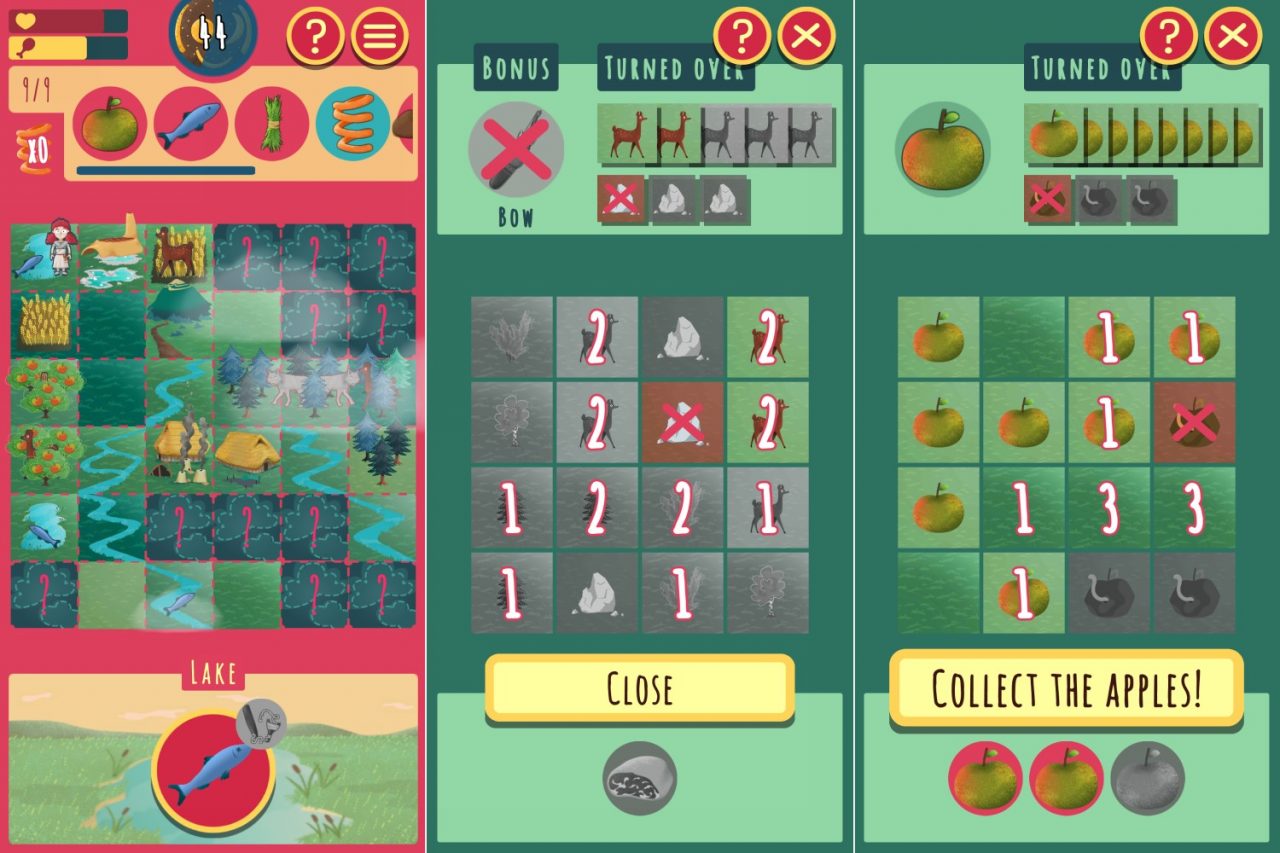
Just like in the app’s animated movies the protagonists are the Unetice children Mimo and Leva. The player plays one of them, and during the game, every few rounds a randomly chosen event happens. This was done via “collectible” cards featuring short stories describing the world and life back then. To some extent the cards also help to give the player a sense of progress, as they follow the four seasons over the span of one year - the game starts with spring and ends with winter.
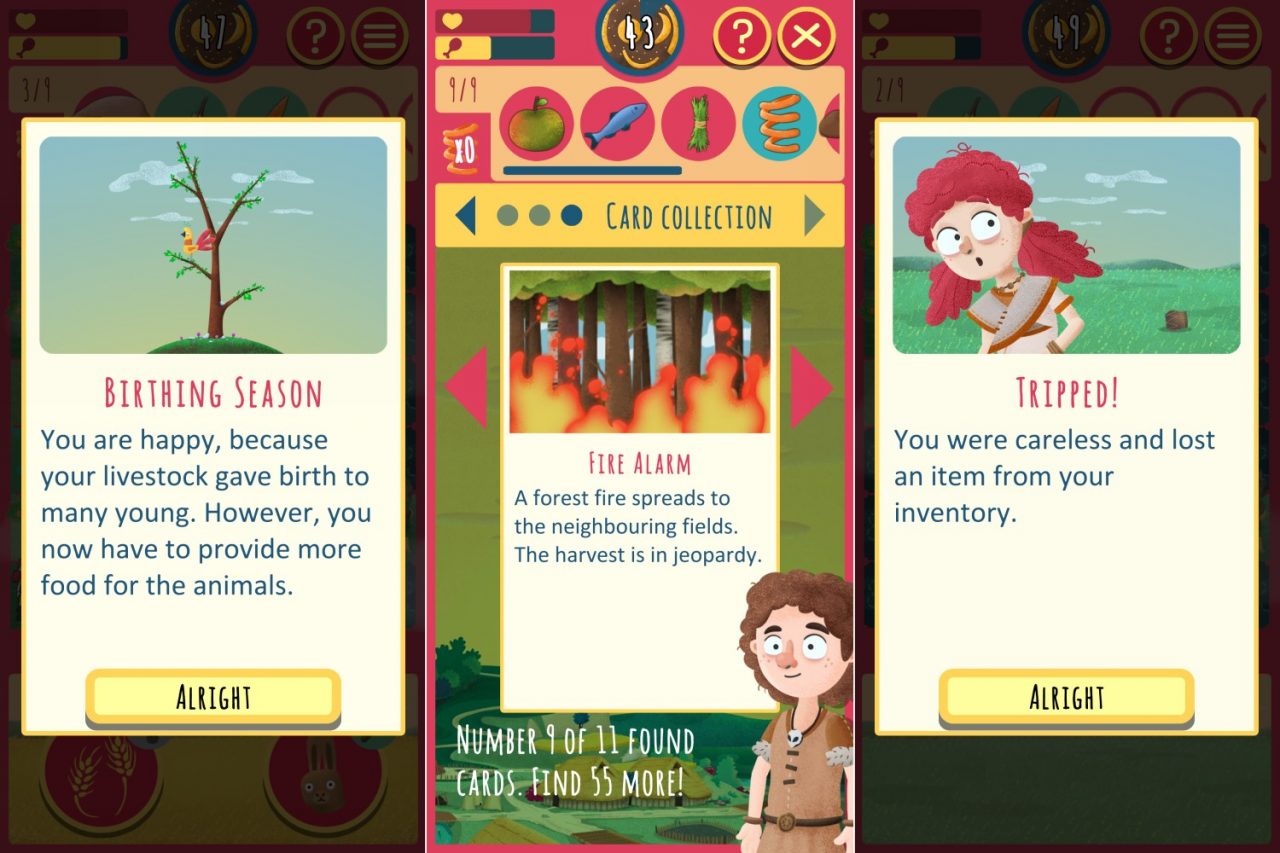
Apart from being a cool project overall, it was nice that the app was showcased a bit more officially than usual. Because it has a regional impact (i.e. relevance to the region) it was funded by the county Saxony-Anhalt and by the Mitteldeutsche Medienförderung, and thus it was presented at the state chancellery in Magdeburg (the capital of our county) and later again at the Ark of Nebra. The Ark is a modern-looking museum serving as starting point for a walking tour to the look-out at the top of the ancient Holy Mountain - where the sky disk was dug out in 1999.
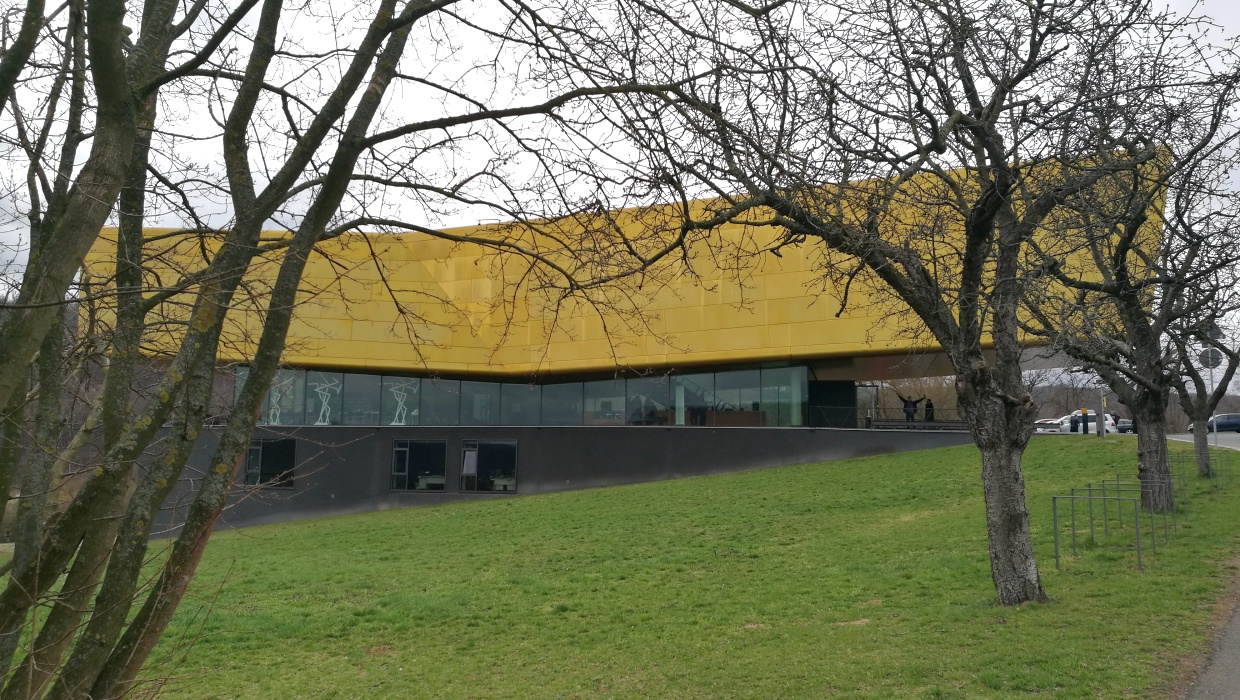
When the app was completed it was uploaded on Apple’s AppStore and Google’s PlayStore. We'd like to thank MotionWorks for the opportunity to work on this project - it was very interesting to learn about the sky disk after having seen it (or rather a copy of it) in the Landesmuseum already, and a joy to create something meaningful yet fun.
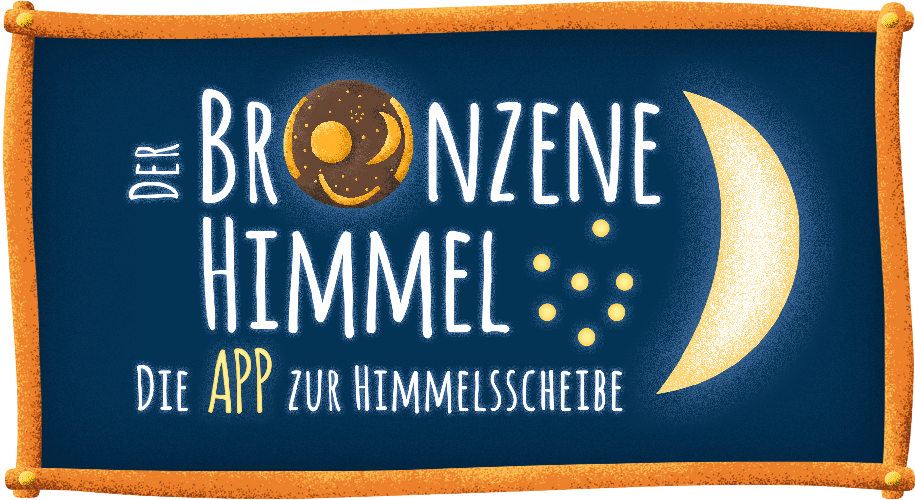
If you want to talk with us (and other enthusiasts) about our games and/or game development in general, visit us at our Discord!
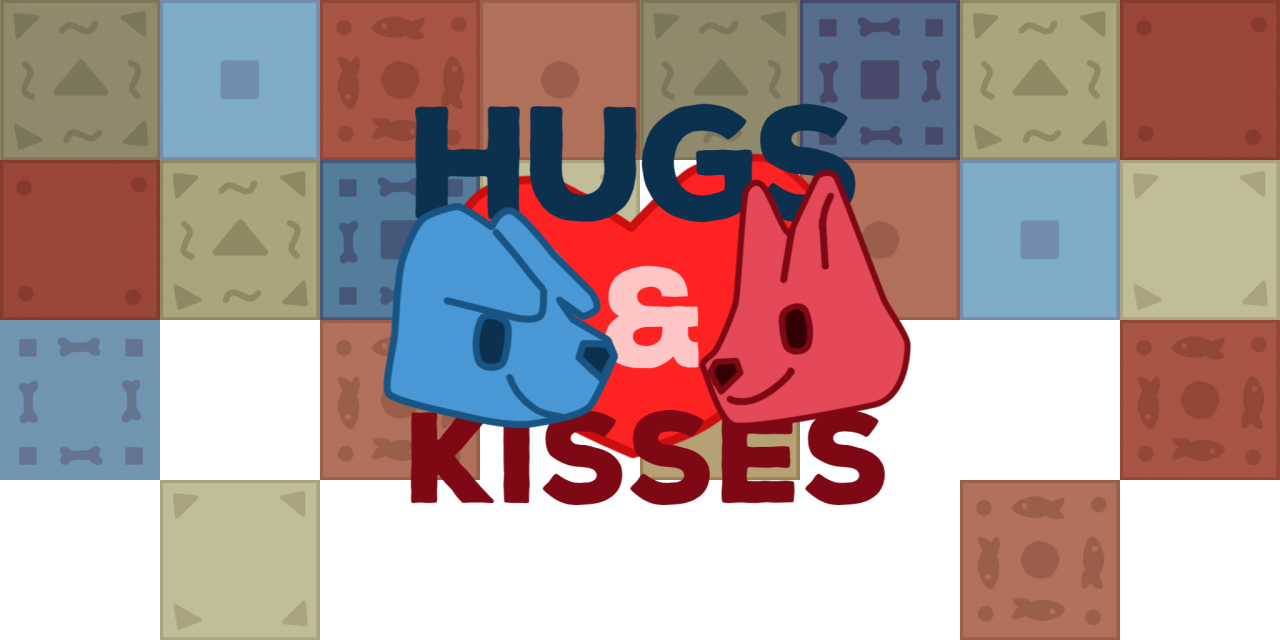
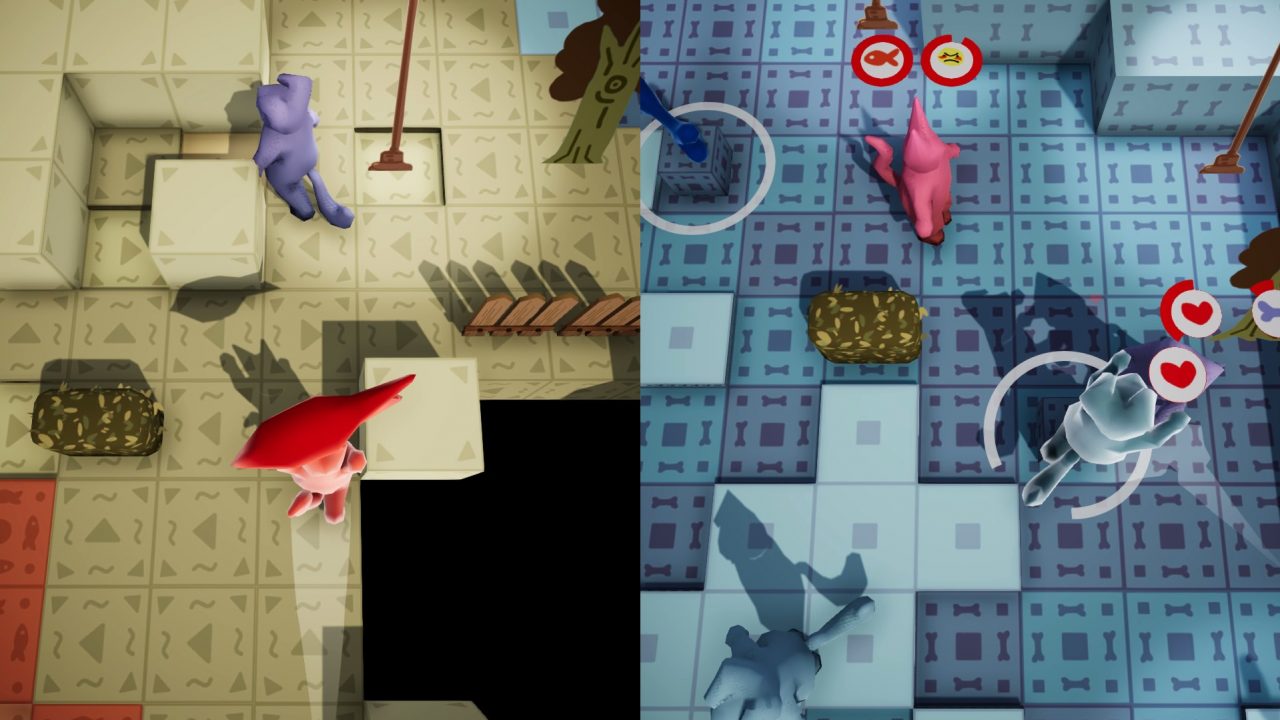 By the way, if you are interested in the development of games, you might want to read
By the way, if you are interested in the development of games, you might want to read 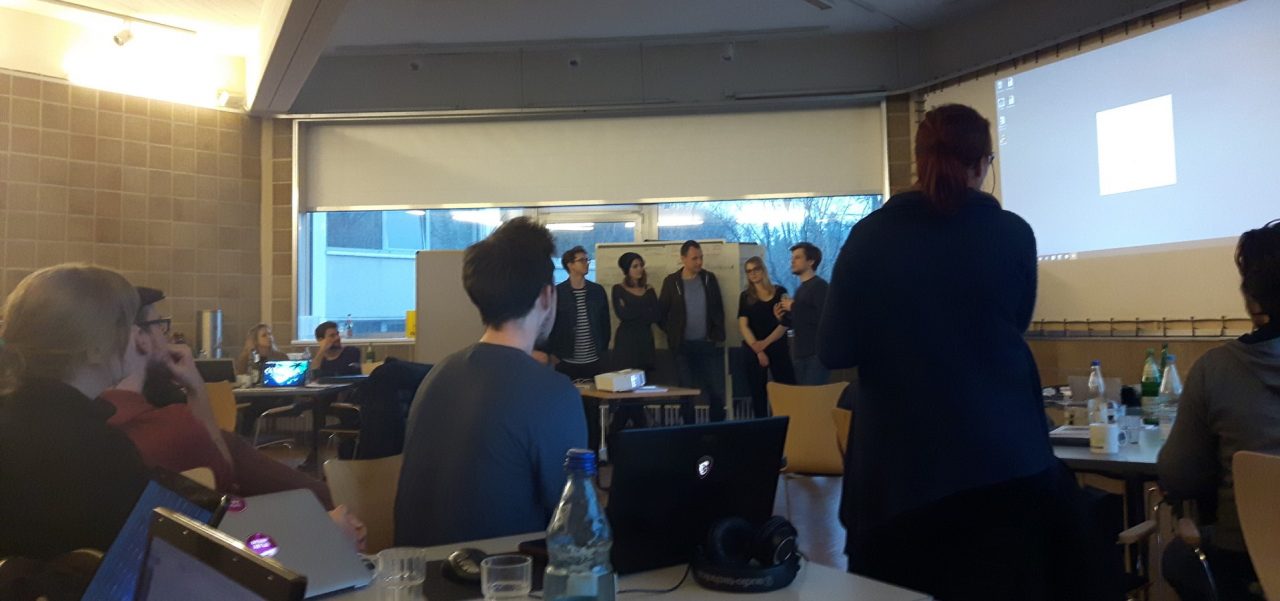
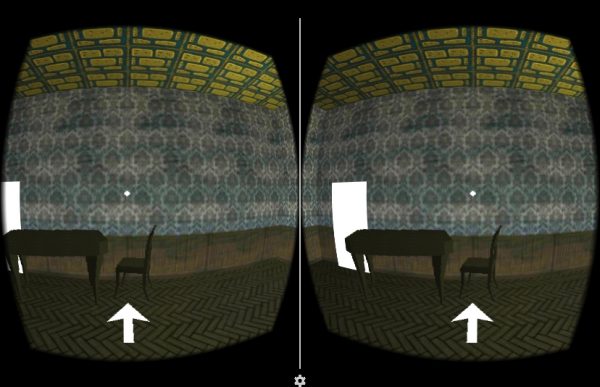 One of the first WIP screenshots
One of the first WIP screenshots